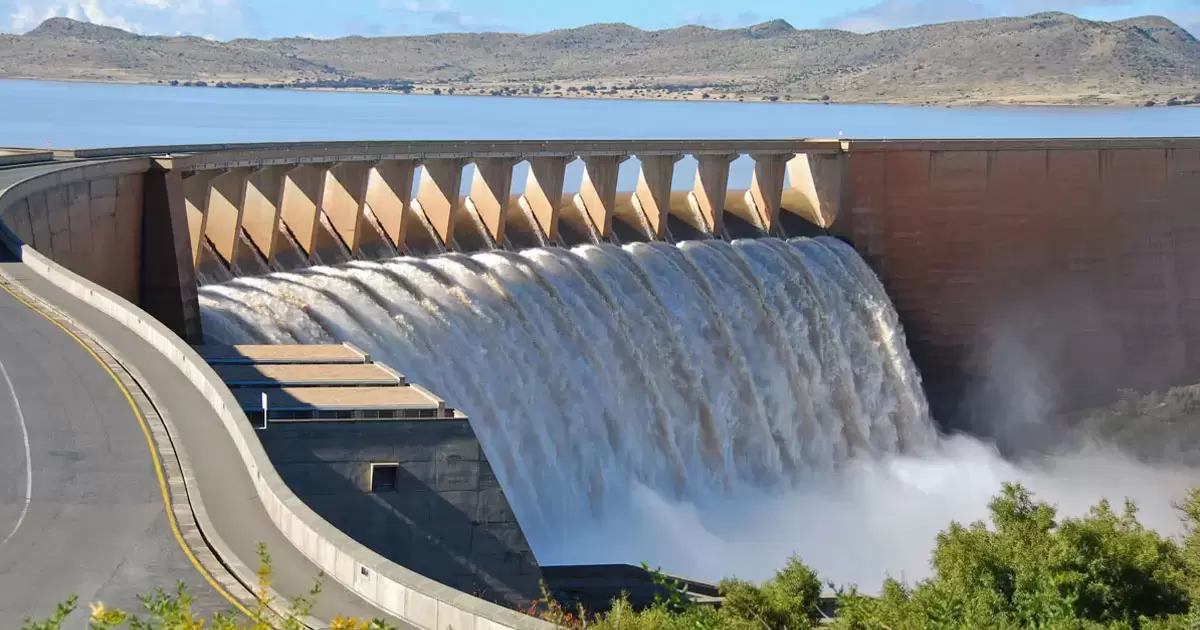
Morocco’s dam filling rate improves on recent rainfall
Dam filling rate increased to an average of 37% in Moroccan dams totalling 6.3 billion cubic meters, thanks to recent rainfall which revived farmers’ hopes after a prolonged drought.
The rate improved from 26% last year, thanks to a sustained rain and snowfall that has continued across the Kingdom since early March.
The filling levels of four major hydraulic basins (Loukkos, Bouregreg, Tensift, and Guir-Ziz-Rheris) have exceeded 50%. The Sebou basin reached 49.48%, while the Moulouya basin stood at 41.4%.
Several dams have reached a filling rate of 100%, including Oued Za, Oued El Makhazine, Nakhla, Charif Al Idrissi, Chefchaouen, Bouhouda, and Sidi Saïd Maâchou. Others have exceeded 90%, such as Garde du Sebou (96.6%), Daourat on the Oum Er-Rbia river (95%), Allal Al Fassi in Fes-Meknes region (98.3%), and Sidi Mohamed Ben Slimane Jazouli (95.1%) south of Essaouira.
The improvement of dam reserves is expected to continue over the next few days thanks to upcoming rainfall in several regions. The General Directorate of Meteorology forecasts snowfall at the beginning of this week in the provinces of Al Hoceima, Chefchaouen, Boulemane, Ifrane, Sefrou, Guercif, Taza, Beni Mellal, Azilal, Khenifra, and Midelt.”
However, filling rates in the bassins of Oum Er Rbia and Souss-Massa remain was limited to 10.2% and 22.3% respectively.
The rain has also improved pasture, relieving livestock farmers, especially sheep owners, who brace for sluggish activity this year after the King urged citizens to forgo the rite of sheep sacrifice this year, due to a 38% drop in the cattle herd in less than ten years.
Years of drought pushed Morocco to prioritize drinking water over irrigation, leading to many main farming areas such as Doukala to rely on underground water.
In some areas, like Souss, underground water has been depleted with many citrus farms halting activity.
Years of drought has also impacted Morocco’s unemployment rate, which surged to 13.3% last year.